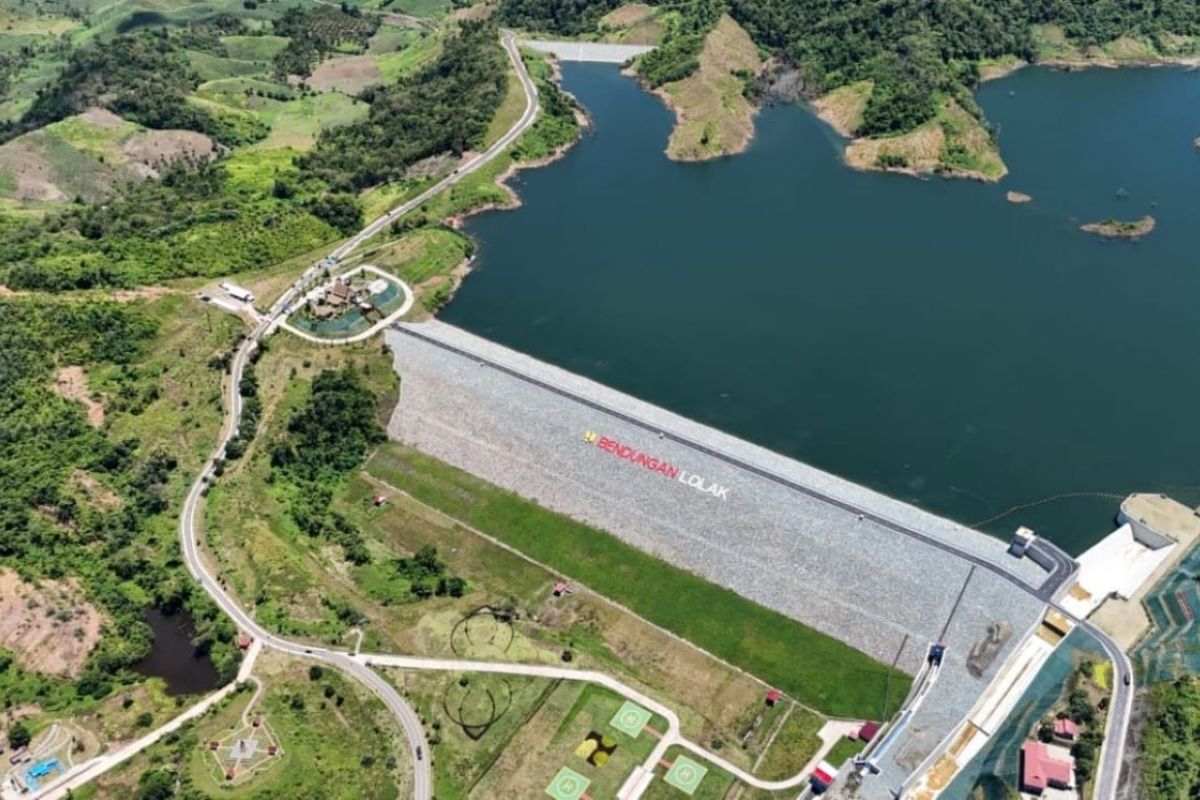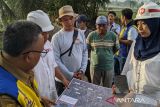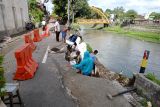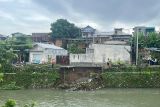Jakarta (ANTARA) - The Ministry of Public Works and Public Housing completed 42 dams in the period from 2015 to 2023 to build national food and water security.
"So far, we have completed 42 out of the target of 61 dams," the ministry's spokesperson, Endra S. Atmawidjaja, informed here on Wednesday.
He said that in 2023 alone, the ministry completed the construction of six dams. They are Cipanas Dam (West Java), Sepaku Semoi Dam (East Kalimantan), Tiu Suntuk Dam (West Nusa Tenggara), Karian Dam (Banten), Ameroro Dam (Southeast Sulawesi), and Lolak Dam (North Sulawesi).
"Currently, we are trying our best to complete the remaining 19 dams by the end of 2024, or early 2025 at the latest," he added.
Director of dams and lakes at the ministry, Adenan Rasyid, said that to support efforts to improve food crop productivity, the government is pursuing two strategies, namely increasing the conversion of unhusked rice to rice and increasing the crop planting index.
With the completion of the 42 dams, 283,203 hectares of rice fields could be irrigated. Furthermore, rice productivity could also be increased to around 4 million to 5 million tons per year. Those dams could also provide additional raw water at 35.6 cubic meters per second to meet the needs of 10 million people.
"The completion of 61 dams by 2024 will increase the crop planting index from 125 percent to 209 percent," he highlighted.
Baca juga: the first dam in West Sulawesi: official
Baca juga: Saksi korupsi eks Wali Kota Bima ungkap pengondisian proyek di PUPR
The ministry is continuing its efforts to reach the target of completing 61 dams in the 2015–2024 period in several regions in Indonesia. The multifunction dams are designed to serve as sources of irrigation water, raw water, and renewable energy, as well as help in flood control, water conservation, and tourism development.
Rasyid noted that in addition to boosting food and water security, the dams also have the potential to generate electricity. From 43 dams, including Way Sekampung Dam, Jatigede Dam, and Leuwikeris Dam, the total power capacity could reach 255.2MW.
42 dams built in 2015--2023 for food security: govt

Lolak Dam in Bolaang Mongondow district, North Sulawesi. It was one of the six dams completed by the Ministry of Public Works and Public Housing in 2023. (ANTARA/HO - Kementerian PUPR)








